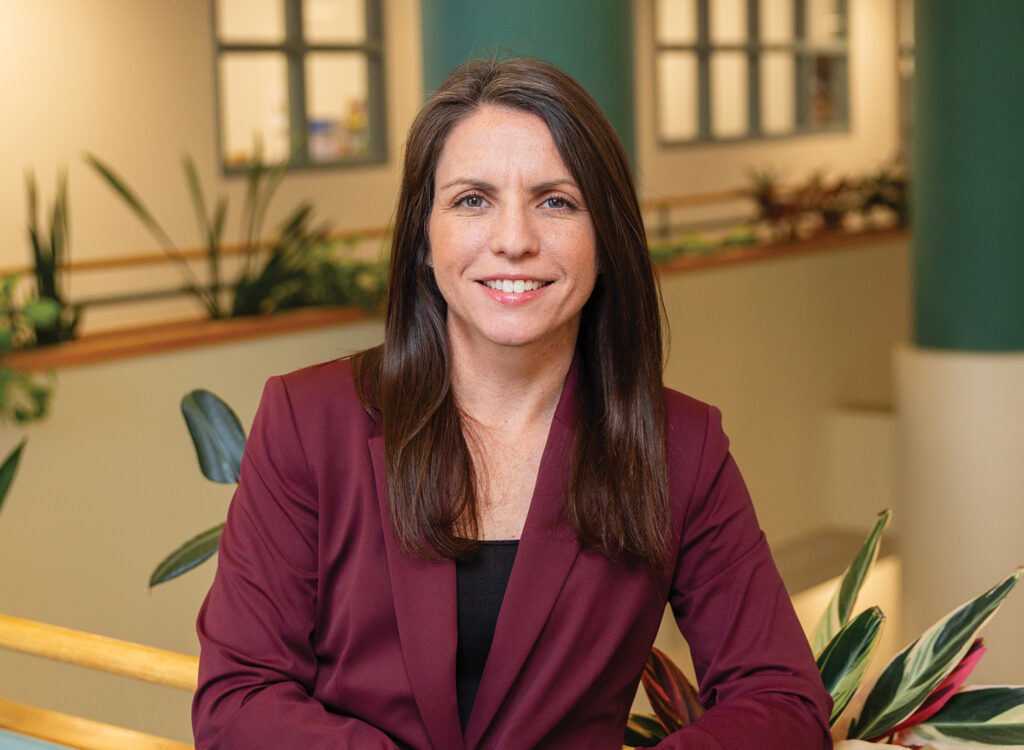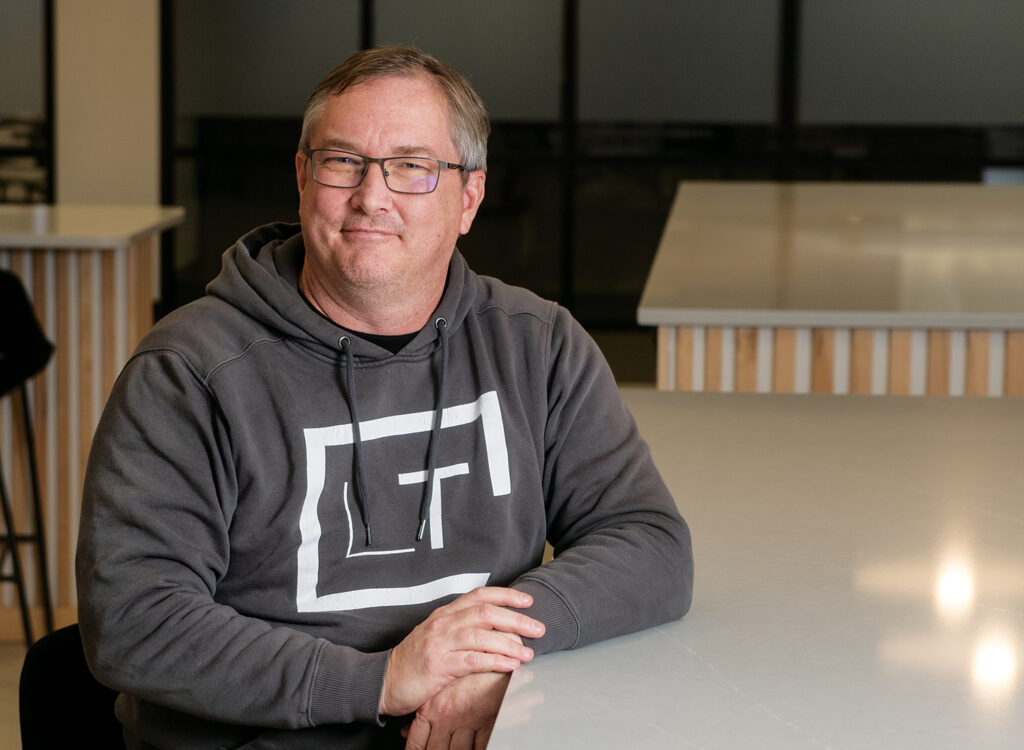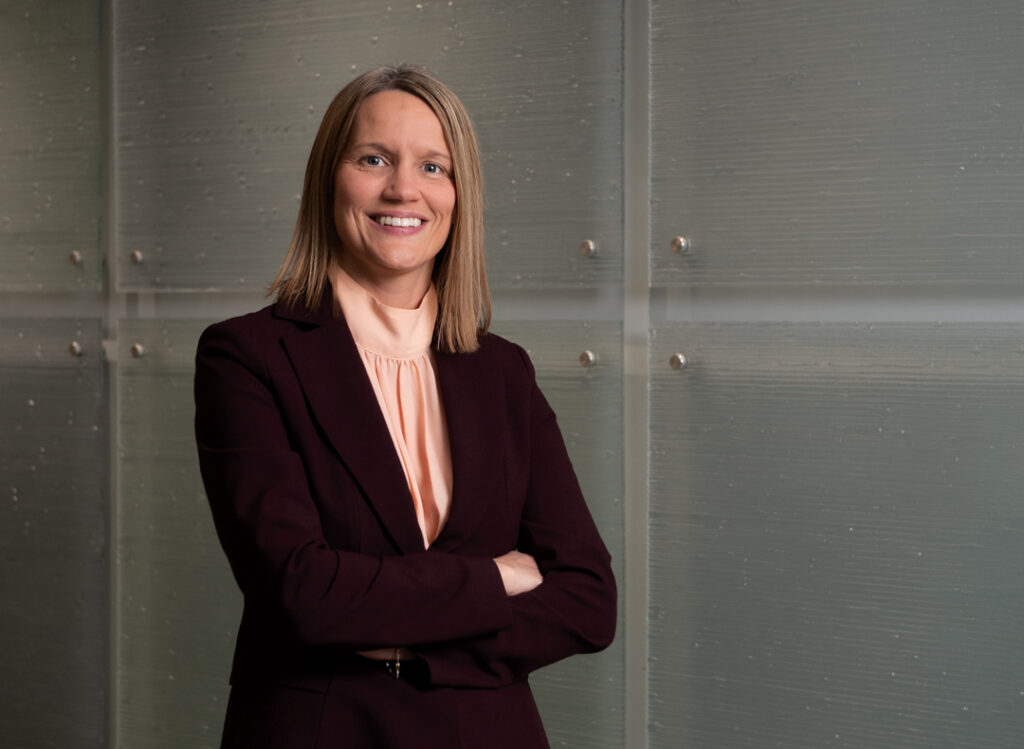How did broadband companies meet the need for economic assistance?

As broadband providers watched in late spring, the needs of Iowans evolved rapidly, representatives at Mediacom and Minburn Communications said this summer.
Both companies saw an almost immediate shift in peak activity by residential users from the evening hours — Mediacom customers shifted to 3-4 p.m., and Minburn Communications saw peak use essentially level across the full day as employees and students began work and class virtually.
“About the second or third week of April, we saw upstream bandwidth increased about 50% since March 1, and we saw downstream bandwidth increase by 35% from that same date,” said J.R. Walden, senior vice president of technology at Mediacom. (The amount of data downloaded per second from an internet host is downstream bandwidth; data uploaded per second from a personal computer is upstream bandwidth.)
“Things like Webex, Zoom, a number of e-learning websites, Microsoft Teams — we saw those jump dramatically,” Walden said. “[Zoom] was not the most popular at the time, but I think at one point they had jumped in a four-week period close to 2,000%. Across the board, we saw that become a much bigger percentage of overall traffic.”
Suddenly, the next few months of planned network expansion was needed immediately.
“We did about six months’ worth of maintenance in six weeks,” Walden said.
The company has seen eras of rapid growth before — when file-sharing websites like Napster and Torrent debuted in the early 2000s, upstream bandwidth jumped quickly, he said.
“We’ve had times in the network where we’ve seen 65% growth on the network in a year, so it wasn’t completely unheard of,” Walden said. “So we did spend some time putting a lot of extra capacity on the network.”
But in 2020, the hard pivot by an overwhelming number of businesses to work-from-home in a short timespan pushed Mediacom’s network. Now the question for Mediacom and other broadband providers is how to adapt to the rapidly changing market.
“While we were fearful that we were going to see a decrease in consumer usage, or at least subscribers, the reality was that we saw an increase,” said Deb Lucht, CEO and general manager at Minburn Communications, which serves about 1,400 customers in parts of Dallas and Boone counties. “Those subscribers who may have only been using 15 [gigabit] all of a sudden were seeing a drop in their speeds, and so they increased to 25 or 50 or even 100 based off of where they were at.”
It took a combination of preexisting initiatives and quick thinking for both companies to reach clients in low-income households and small businesses managing through an economic crisis.
“It is critical for our businesses in our small, rural communities to be able to sustain just like ours,” Lucht said.
Minburn Communications’ staff introduced a new “pandemic plan,” which Lucht called an alternative billing solution designed to let commercial clients keep internet and voicemail service so they can maintain connections with customers. That plan will remain in place until the end of December.
“We were fortunate enough to have these customers work with us and be appreciative of the program so we could develop payment plans for them. … We still have a few months of billing cycles to see what that impact will mean to them — if they’re able to reopen and return to full services, or if they are in a financial hardship that won’t allow them to reopen,” Lucht said.
Community members in Minburn, Woodward and parts of Perry receive access to fiber at home and businesses, but reaching rural households is a challenge.
To do that, three fixed wireless tower sites installed by Minburn Communications serve more than 200 residential customers who otherwise wouldn’t be able to access an internet connection. Those customers receive up to 20 Mbps of service, as long as the range is not blocked by the landscape in between the tower and home.
Three free Wi-Fi hot spots installed by Minburn Communications near parking lots and downtown locations let community members drive up to access an internet connection and maintain social distancing while traditional public outlets, such as schools and libraries, remained closed. Minburn Communications also takes customers in through the federal Lifeline Support program, which subsidizes costs for telecommunications and broadband services.
“That territory would be considered difficult or hard to serve, and they don’t have traditional network connection. This is an alternative solution to give them a reliable internet connection,” Lucht said.
As well as pausing data allowances through the end of August on client accounts, Mediacom used its existing Connect2Compete program to help schools get families connected for virtual classes.
Once schools began announcing in-person classes would not return, Mediacom offered 60 days of Connect2Compete service free to eligible families, and worked with school districts to identify households that needed connections — so far Mediacom has worked with districts in Des Moines, Waterloo, Fort Dodge and Marshalltown, to do new installations for this school year. The company also raised service speeds from 10 mgs to 25 mgs on the program.
“In some cases, the schools are being the aggregator. They’re saying, ‘Here’s the homes that need the connectivity, and we the school are the client,’ ” said Phyllis Peters, senior director of communications at Mediacom. “Then the school pays the $9.95 per household per month if the service is active.
“We really are doing something different and special, but we could do it because it was a matter of scaling something that we already had, and dedicating a lot of labor to do it,” she added.
“We are an essential service,” Lucht said. “This whole COVID situation has really brought to light what we as an industry have been saying for a long time, that broadband is as important as your water, your electricity, your sewer. If we can’t maintain that as a key utility and essential service, then it will impact [people].”







